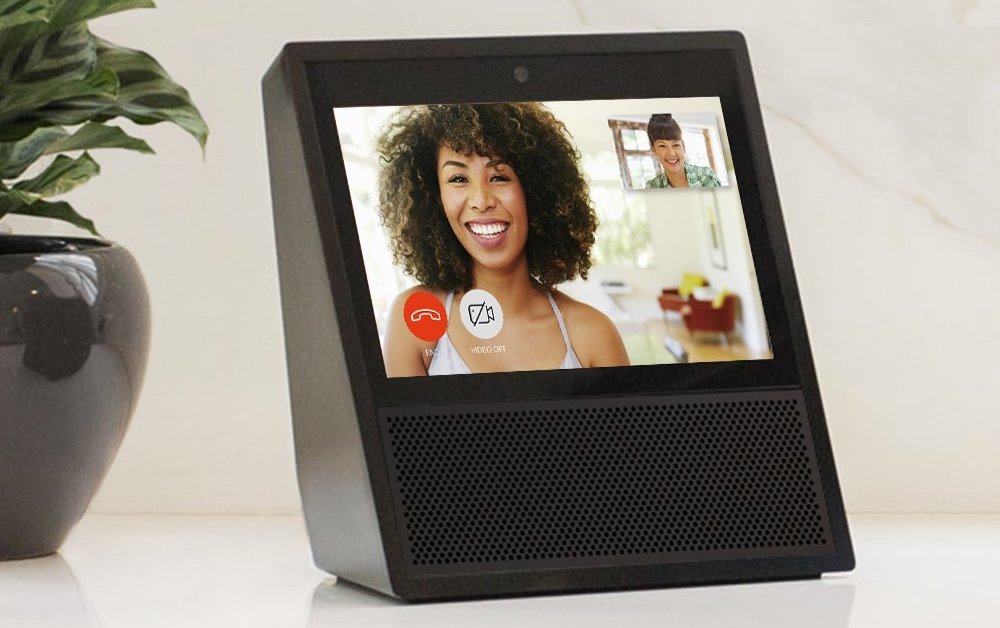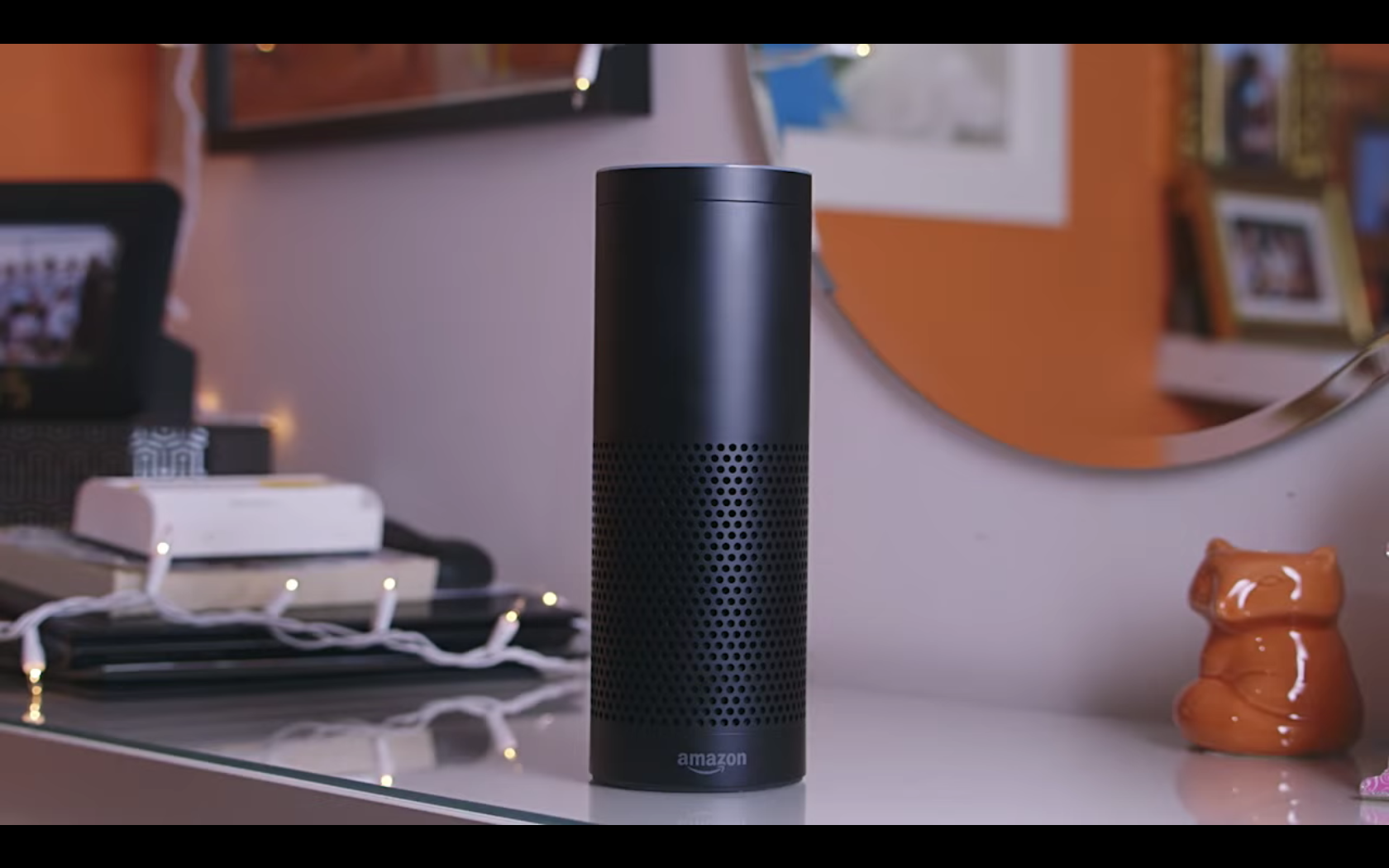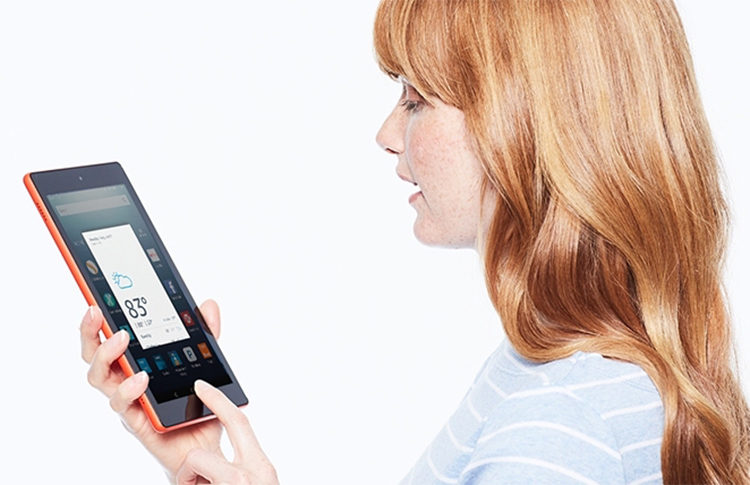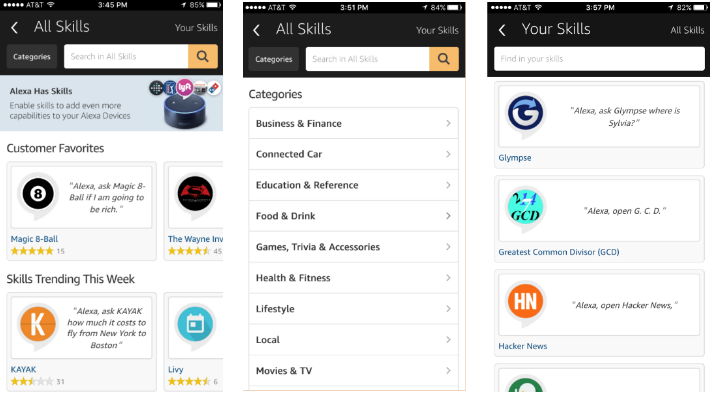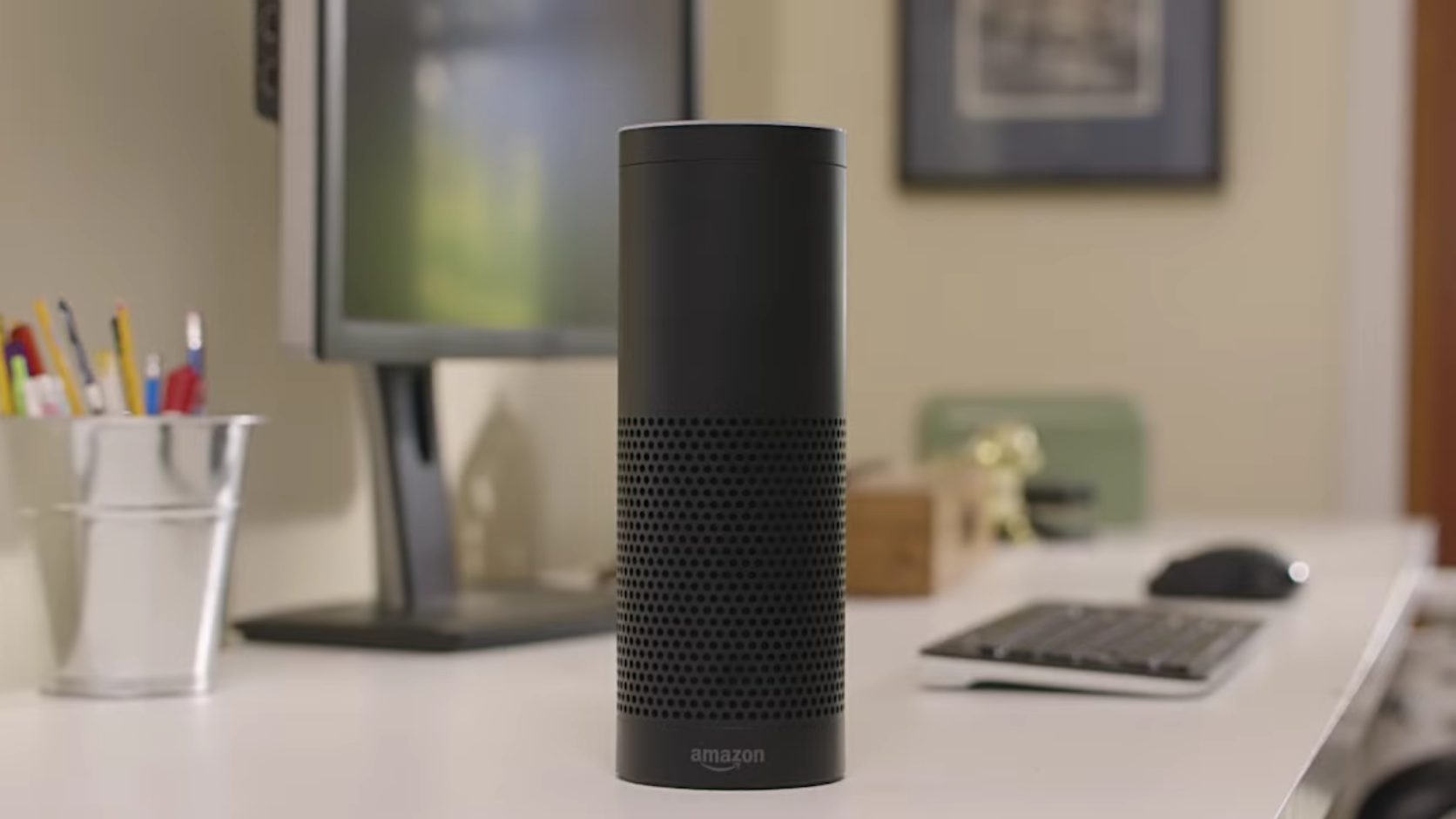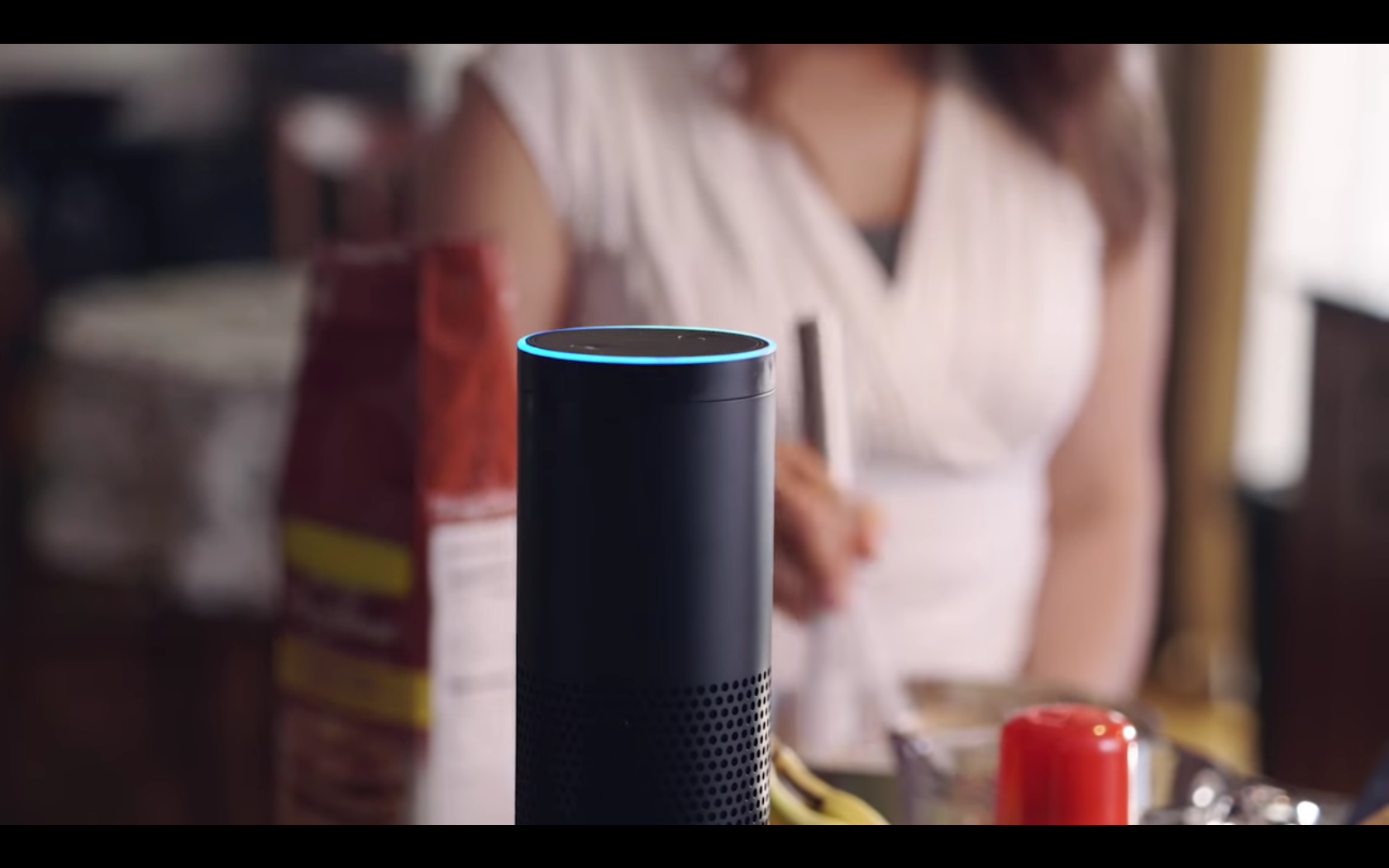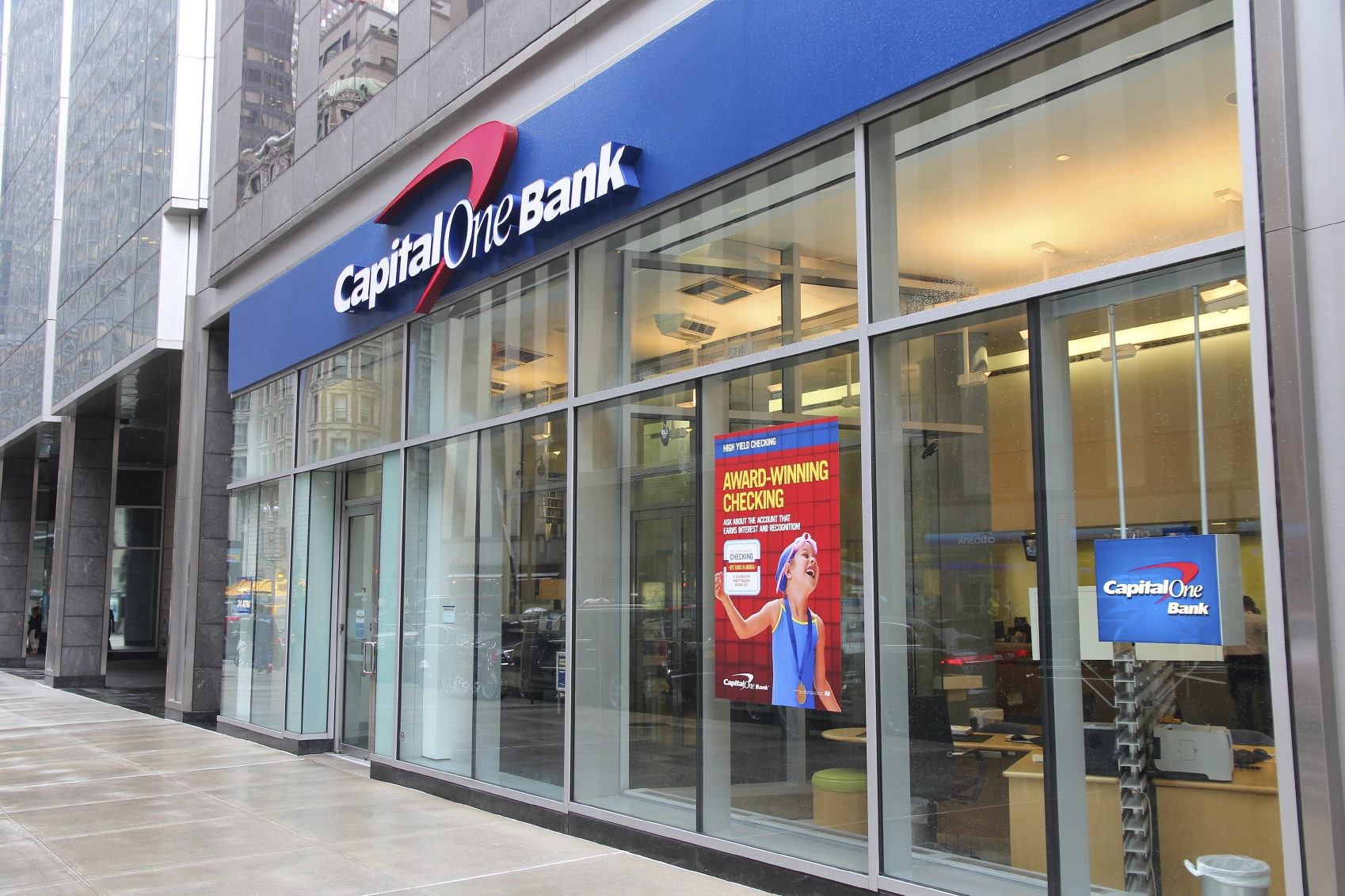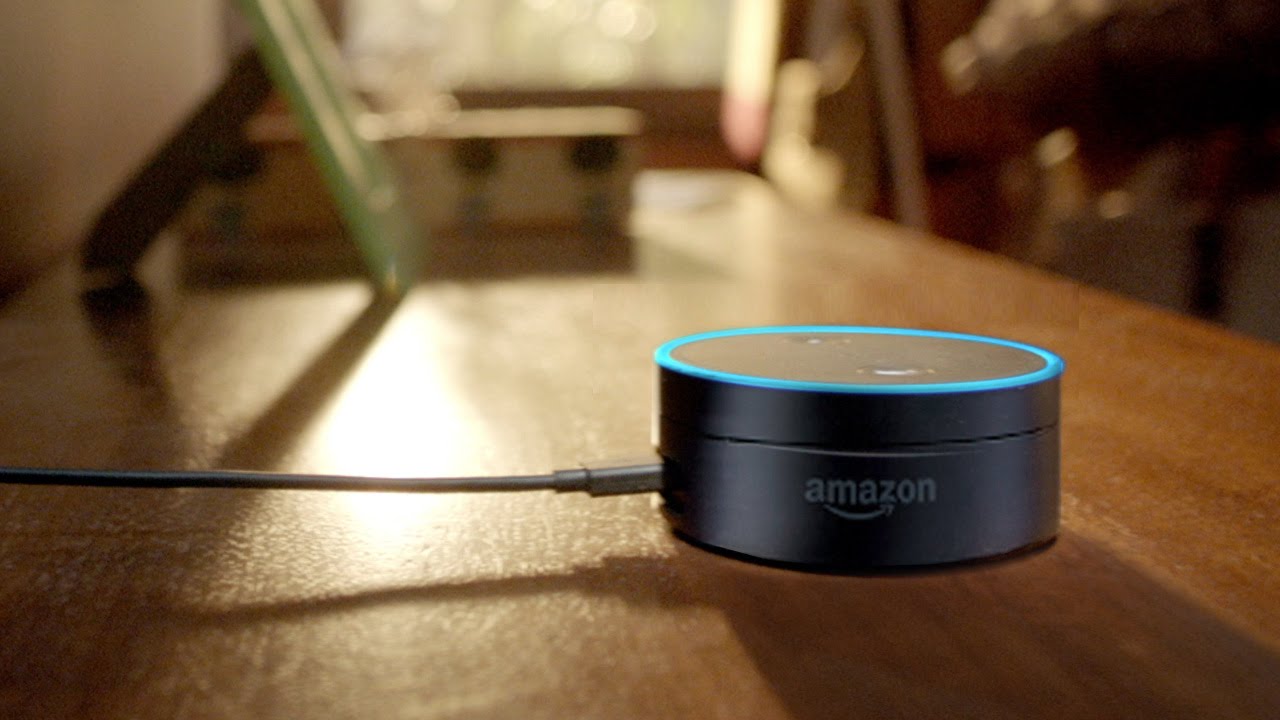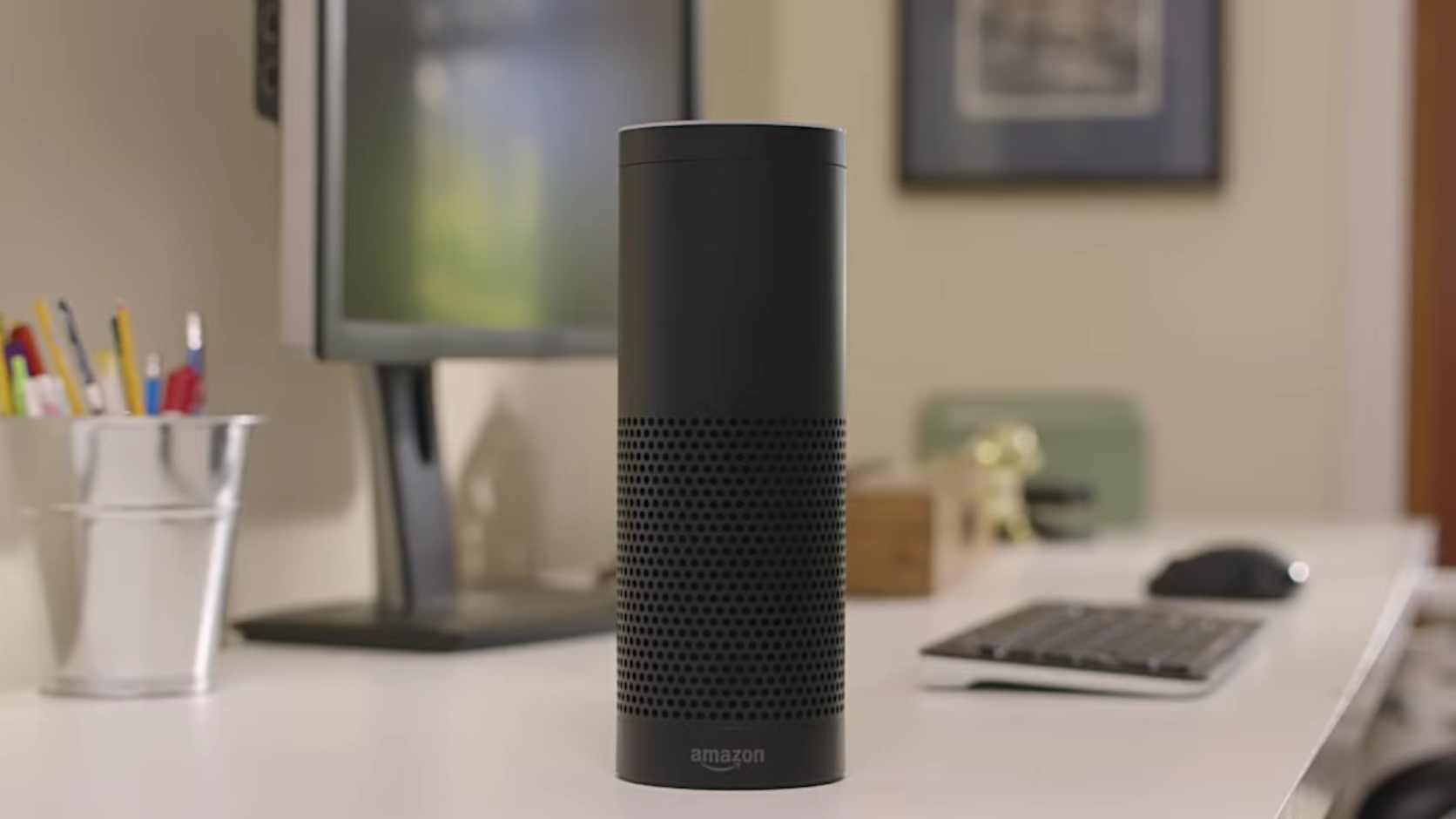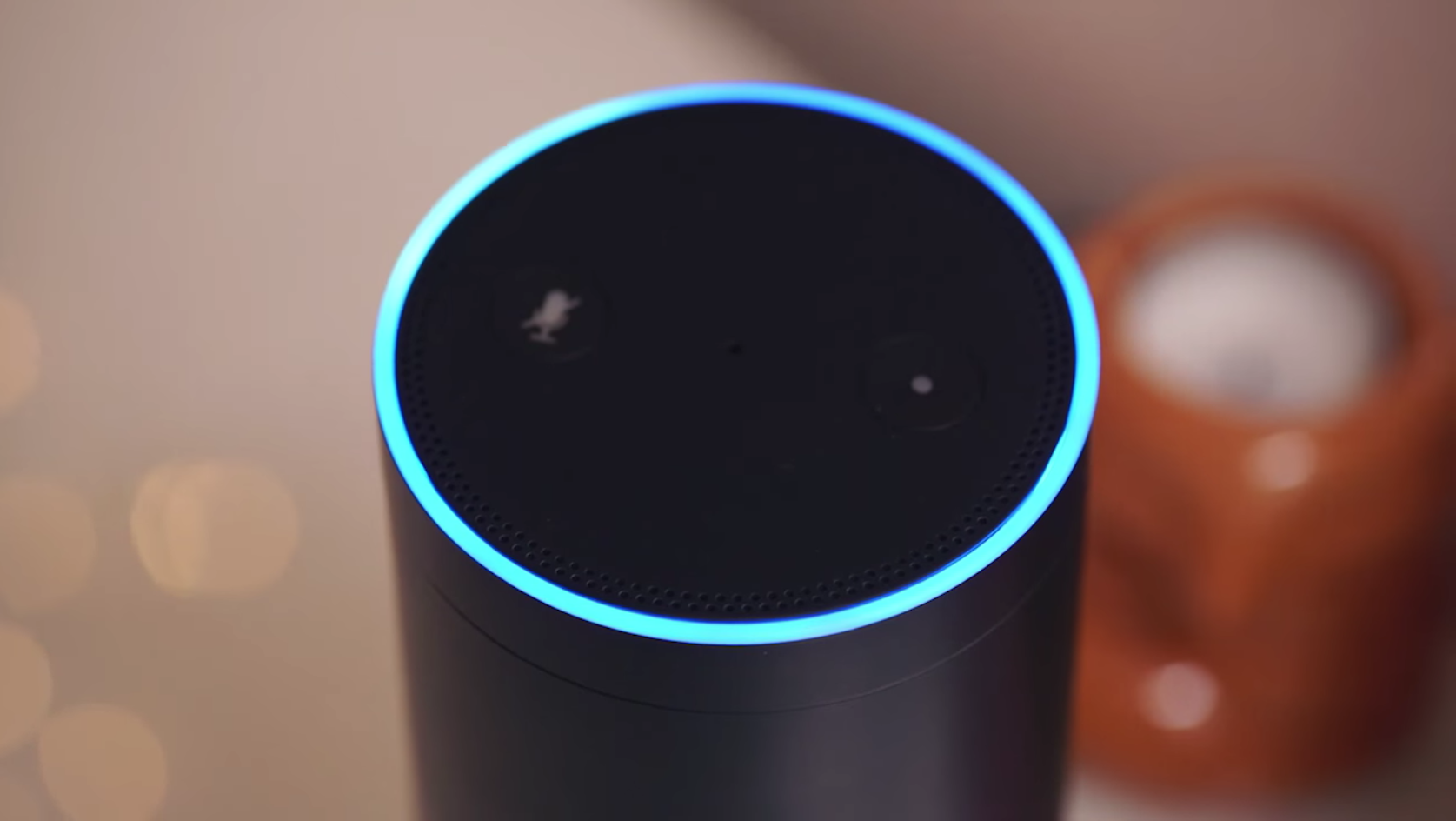What Happened
On Tuesday, Amazon officially unveiled the latest addition to its Echo smart speaker line – Echo Show. A first for the Echo products, Echo Show features a 7-inch touch screen, which enables it to do things other Alexa-powered speakers can not, such as making video calls, playing online videos, and displaying lyrics of the songs being streamed. Echo Show is priced at $229.99, with pre-orders open now and a ship date set for June 28.
Despite having a touch screen, Echo Show is still very much intended to be primarily controlled via voice command with Alexa. Instead of repurposing their Fire OS or Android apps, brands will need to make third-party skills to get on Echo Show, just as they would do for other, screen-less Echo devices. However, developers will be able to incorporate the skill cards that already exist in on the Alexa app or a Fire tablet, as well as sending a video to the device via the built-in video player. Moreover, the Smart Home API for Alexa is also being extended to allow for easier smart home integrations.
What Brands Need To Do
The new addition introduces a visual component to Alexa-powered conversational interface of the Echo lineup, which, in turn, opens the door for brands to create new kind of voice experiences that can be supported and enhanced by additional texts, images, or videos. For example, a beauty brand’s Alexa skill will be able to surface makeup tutorial videos for users to follow, while a healthcare brand may create an Alexa skill that offers seniors live consultations via video calls. The possibilities are endless, and with Amazon Echo now dominating over 70% of the U.S. smart speaker market, it is up to brands to come up with an Alexa skill that can allow them to connect with customers at home.
How We Can Help
The Lab has extensive experience in building Alexa Skills and chatbots to reach consumers on conversational interfaces. So much so that we’ve built a dedicated conversational practice called Dialogue. The “Miller Time” Alexa Skill we developed with Drizly for Miller Lite is a good example of how Dialogue can help brands build a conversational customer experience, supercharged by our stack of technology partners with best-in-class solutions and an insights engine that extracts business intelligence from conversational data.
If you’d like to learn more about how to effectively reach consumers on conversational interfaces, or to leverage the Lab’s expertise to take on related client opportunities within the IPG Mediabrands, please contact our Client Services Director Samantha Barrett ([email protected]) to schedule a visit to the Lab.
Source: The Verge & TechCrunch
Images courtesy of Amazon’s product page
